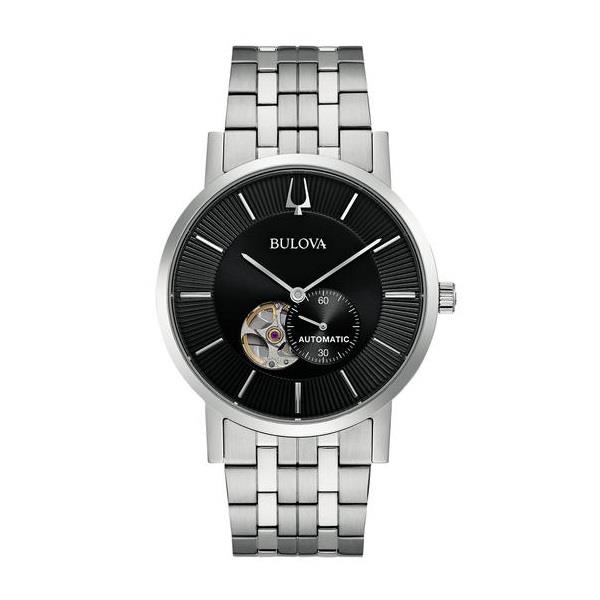
#Bulova clipper vintage serial numbers
(For a list of those codes, visit Bulova Date Codes.) Additionally, the case serial numbers on those early watches tend to begin with "1" or "2" and appear to bear no correlation to the date the watch was made. For example, movements made prior to 1924 do not bear the standard movement date code found on watches dated 1924 through 1949. Watches manufactured prior to 1926 are difficult to date with certainty. Below are images showing the two patent dates that often cause confusion. Those designs were used on many watches produced over a number of years, and the applicable patent date in no way indicates when any particular watch was produced. In point of fact, those patent dates apply only to certain aspects of the case design and indicate only when those general designs were patented. Many observers of Bulova watches are confused by the sometimes seen patent dates stamped on the inside of some Bulova watch cases, and they misinterpret such dates as the time of manufacture. These codes and the manner in which they should be interpreted is the subject of this article.

Rather, the date must be "de-coded" using symbols, serial numbers, and two-character codes placed on various parts of the watch.

In general, for all time periods, it is important to understand that Bulova watches never provide an obvious date of manufacture anywhere on the watch. Those three date ranges are differentiated by the presence or absence of certain case and movement markings as well as the nature of any such markings, as explained below. For purposes of assigning a date, Bulova watches break down nicely into three basic groups: 1) pre-1926, 2) 1926 through 1949, and 3) 1950 and beyond.


 0 kommentar(er)
0 kommentar(er)
